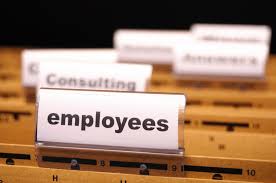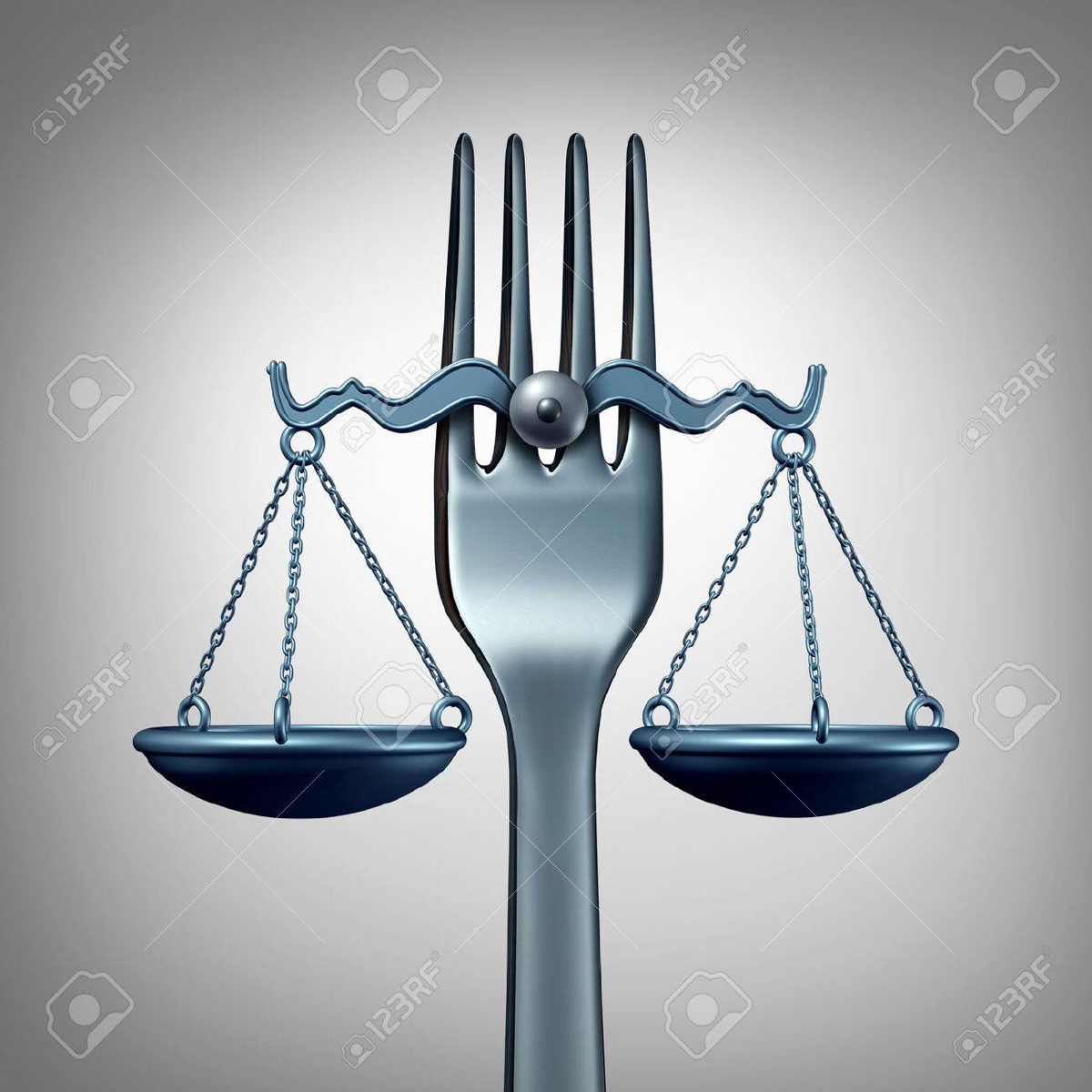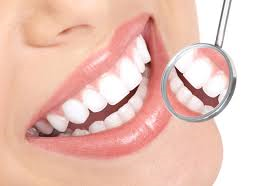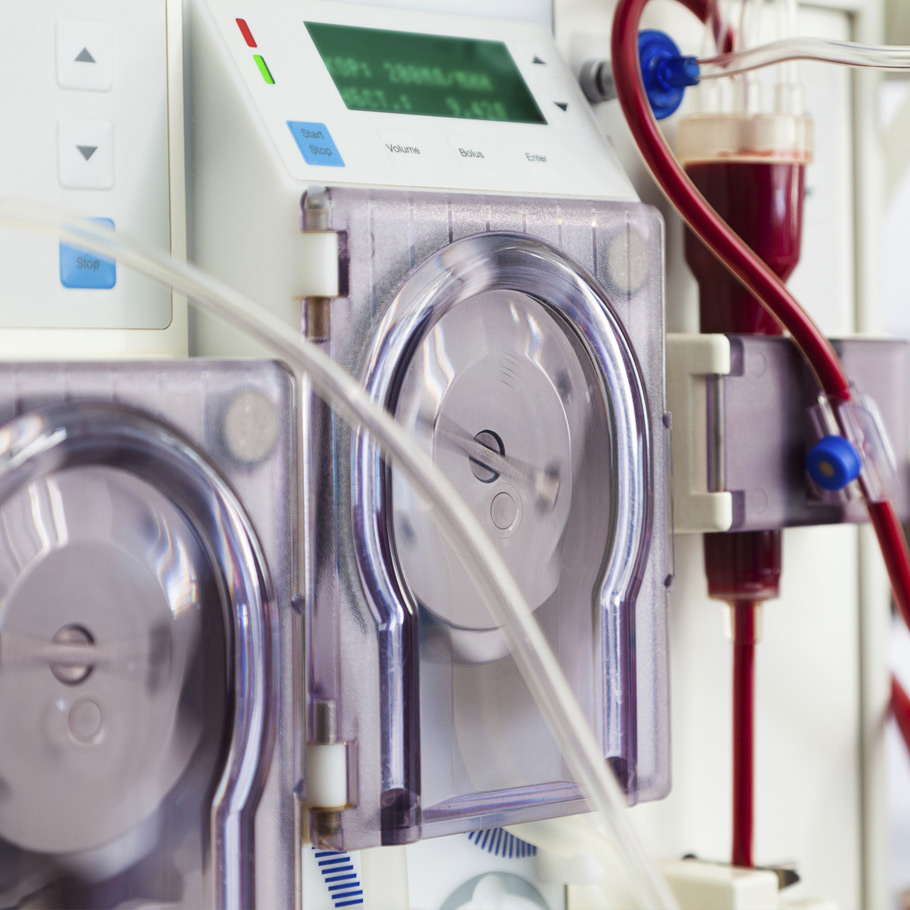Title Page
-
Conducted on
-
Prepared by
-
Location
-
Manager
-
Policy: This audit is conducted by Nutrition Services Dietitian & Director Food & Nutrition or RD Manager at least once monthly and by the Infection Control Officer quarterly. All items marked "no" will have corrective actions developed and be followed up by NSD/DFNS or RD Manager. Copy provided to Hospital Administrator and RDO.
Director of Food Service/RD Responsibilities/Staff Development
-
If the Director is not RD, Nutrition Services Dietitian collaborates on staff training/monitoring
-
There is an annual Inservice plan, documented attendance including makeups and quiz scores
-
Annual TB tests are in personnel files
-
Nutrition Services RD reports concerns, recommendations to administration
-
There is monintoring of test trays, sanitation, and nutrition risk areas
-
Person in Charge (PIC) has current Serv Safe
-
Reportable diseases and symptoms are signed off by staff and sign is posted
-
Managers know what to do when associate reports a reportable symptom/disease see F004
-
P&P and Diet Manual is current, signed by RD, Medical Dir, P&T Committee
-
Comments/Additional Notes:
Dishwashing / Sanitizing / Equipment
-
Hair Covering Sign posted at entrance; hairnets available and being worn by staff
-
Handwashing: staff handling food/washing dishware are observed to wash hands correctly
-
Handwashing Sinks: check all sinks for availability of soap, paper towels, hot water (100+F)
-
Staff taught to sanitize, calibrate and use thermometers appropriately
-
Glove Usage: staff using/changing gloves correctly when soiled (handwashing in between)
-
Infection Control Checks (ie hand check, no obvious sick staff) recorded daily in Pat Serv/Retail
-
Cutting boards: clean, free of deep grooves and mold; only using white
-
Equipment is cleaned and sanitized according to MFR instructions; instructions posted at equipment
-
Kitchen is clean; no grease build up in hoods and fans
-
There is an equipment manintenance monitoring program
-
Juice, soda, nozzles washed and sanitized regularly according to MFR and documented
-
Garbage dumpster(s) clean and covered
-
Pest Control program in place; no evidence of pests or plan in place if issues
-
Wet mops allowed to air dry in between uses
-
Food Prep Sink(s): are clearly labeled. Standard = 120F; Note temperature:
-
Employees can communicate how sink in cleaned and sanitzed
-
Ice Machines: check for current cleaning log. Does it reference MFR cleaning procedures?
-
Check machines are clean with no signs of mold or lime buildup; scoop containers clean
-
Scoop must be stored in clean container outside bin
-
Dishroom: there a clear separation of clean and dirty
-
Dishes coming off the dishmachine are allowed to air dry; no towels used for drying
-
Record dish machine wash temp, final rinse temp STD = 150 and 180 HIGH TEMP
-
There is 2nd checking system for Plate Level Temp 160F done once/day
-
Staff can communicate procedure when temp standards not met
-
Pot Wash Sink: check temperature and sanitizer meet standards and logged once/meal
-
STD= wash sink 110120F, rinse sink 110120F, quat sink 75F or higher; 150400ppm
-
Staff can communicate procedure when temp and sanitizer standards not met
-
Staff uses 3rd sanitize sink correctly immersed in quat for 1 minute clock available
-
Red Buckets: concentration of Quat 146 (std = 150400ppm); monitored throughout day
-
Wiping cloths are kept in red buckets
-
Victory Wash concentration is checked daily and recorded including actions for deviant findings
-
Do strips meet standard of 3080ppm? Are they expired? Staff can communicate process
-
Chemicals stored only in areas away from food and marked "chemicals"? MSDS book available
-
Comments / Additional Notes:
Food Purchase / Storage / Food Safety
-
HACCP receiving log is in use and meets standards; food rejected when temp stds not met
-
Disaster menu/plan posted at trayline, available in Nsg dept; location of water posted
-
Visitor Food Policy, patient right of choice, food handled safely by nsg and education provided
-
Storage 12" off floor, 18" from sprinkler heads
-
No wall, ceiling penetrations (holes)
-
Refrigerator/freezer temperature logs: are actions taken on deviant temperatures?
-
Clean gaskets, no tares, clean fans, no ice buildup, separate internal thermometer
-
Refrigerators: all foods 41F or below, FIFO, all items cover/label/dated, nothing expired
-
Mold: manually inspect for any signs/discoloration on insulation, walls, ceiling, all coolers, floor sinks
-
Shelves marked for raw chicken, eggs, beef, etc
-
Thawing meats stored separate from cooked? Staff can communicate 3 proper thawing methods
-
Freezers: no ice accumulation, 0F or solidly frozen, FIFO, all items covered/labeled/dated
-
Ingredient bins cleaned/sanitized; labeled; scoop outside; open bags of ingredients not in bins
-
Ask 3+ nonproduction employees the following 5 questions:
-
1-What do you do in case of a fire? Can verbalize RACE, phone #. Sign should be posted
-
2-What is the correct temp for hot holding? 140F or higher
-
3-What is the correct temps for cold holding? 41F or below
-
4-What is procedure if you find needle on patient tray? If you are struck with sharp object?
-
5-What is the procedure if you are stuck with a sharp object?
-
Ask 3+ production employees the following 10 questions:
-
1-Do you have recipes to follow? Where are they located?
-
2-What do you do in case of a fire? Need to communicate RACE, knows phone # to call
-
3-What would you do: grease fire on the grill? Knows location of Hood system pull, K extinguisher
-
4-What is the correct internal cooking temp for chicken? 165
-
5-What is the correct internal cooking temp for hamburger? 158
-
6-What is the correct internal cooking temp for eggs? 145
-
7-What is the shelf life of cooked food placed in refrigerator after cooking today?
-
8-Can name foods for Cooling Log: proteins, rice, beans, mayo salads cooked/cooled for later use
-
9-How do you complete the Cooling Log? All steps must be referenced
-
10-What temperature do you reheat food? How many times can food be reheated?
-
Hood and Fire Suppression System have tags; serviced within last 6 months
-
Trashcans are free of debris on outside. Optimal to have lids
-
Trashcans should have foot pedal at hand sink and be at least 23 inches from food prep
-
Can Openers: check blade is not worn. Base cleanarm sanitized at least 1x/day
-
Floors: free of major debris and grease? Wet floors have signs? Coving/baseboards clean?
-
Street clothes are kept in area away from kitchen
-
No dented cans found in storage. Dented cans are in clearly marked area
-
Foods are all dated using Morrison orange labels including date and time
-
Shelf Life Charts posted
-
Retail: check temperatures of at least 4 items on salad bar (standard 41°F or below)
Record temp of breakfast liquid eggs F (std 41°F). Are they held on ice?
-
Check Hot and Cold Temps meet standards in all stations
-
Staff can communicate proper internal temp of hamburger (std 158°F)
-
Check cleanliness of entire areas and note problems
-
Remove the soda nozzles and check for debris/mold. Ask for cleaning checklist for this
-
CO2 tanks are secured to wall
-
Drawers throughout are sanitary, clean, no personal items
-
All kitchen food prep items are in good condition and clean(ie china caps, saute pans)
-
Comments / Additional Notes:
















